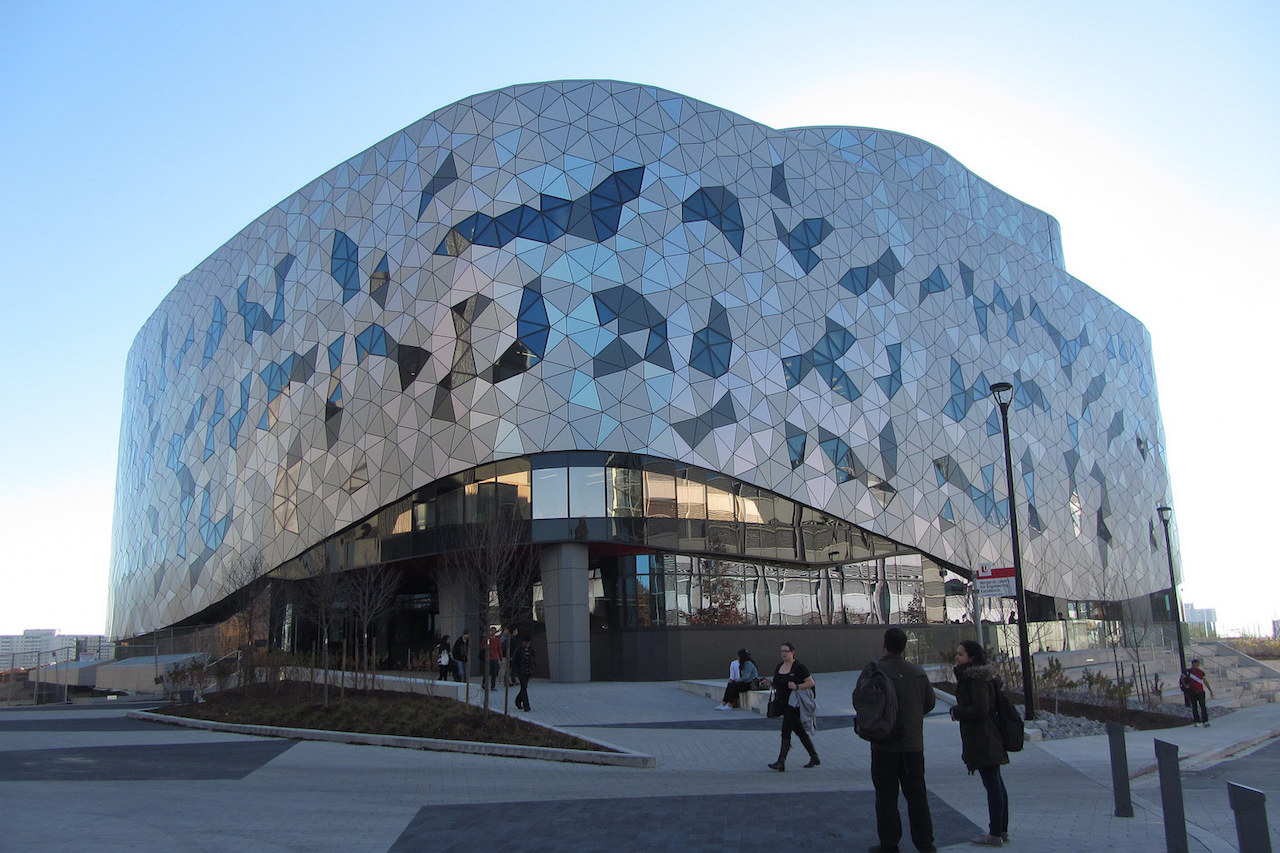Interdisciplinary research team publishes in special edition Water journal

With the constant migration of people to urban centres, the growing density of cities like Toronto have increased the risk of urban flooding while climate change and decaying infrastructures intensify the situation. To find solutions to this problem and ensure livable cities for generations to come, innovative methods are needed.
An interdisciplinary research team at the Lassonde School of Engineering comprised of Engineering Professor Usman Khan, Geomatics Professor Mojgan Jadidi, Civil Engineering PhD student Sarah Kaykhosravi and undergraduate student Karen Abogadil sought out to investigate solutions to increased flooding in urban centres. Their work was published in a special issue of the journal Water called Urbanization Under a Changing Climate – Impacts on Urban Hydrology.
In this research paper, the authors establish where Low-Impact Development (LID) infrastructure should be implemented for maximum benefit. LID technologies mimic the natural water cycle to capture urban stormwater runoff, but they also provide a range of socioeconomic and environmental benefits. Some examples of LID technologies include green roofs and rain gardens.
“Our research is attempting to enhance urban areas by including not only the engineering goals like flood risk reduction but also providing other benefits like improving air quality, giving access to green spaces, and promoting biodiversity in urban areas,” said Khan.
Currently, a clearly defined method to help decide where to install LID technology within a city that considers both the direct and indirect benefits does not exist. Instead, it’s done on an ad-hoc basis. Identifying sites with the highest need for LID ensures the maximization of all benefits for the most people. This problem has not been widely addressed in existing research and was the focus of the team’s research. They found that a systematic approach would help optimize where to install LIDs within a city like Toronto, and hence, who benefits from them.
“We demonstrated that keeping the ’secondary’ benefits in mind during the planning stage can lead to results that are very different if only the ’primary’ benefits are considered. It’s exciting to think about how this approach can impact our cities in the future.”
Read the full paper here.